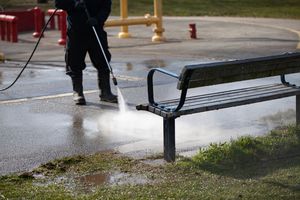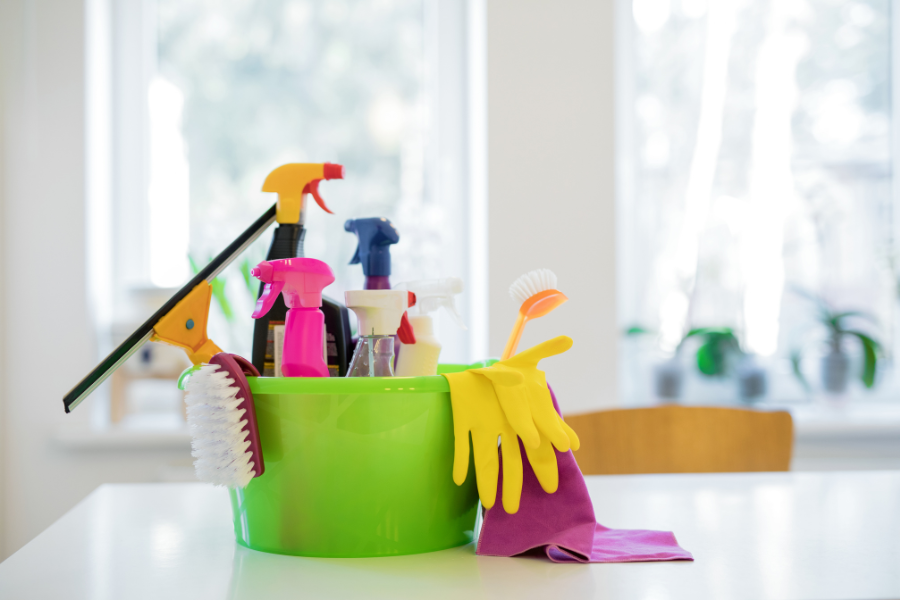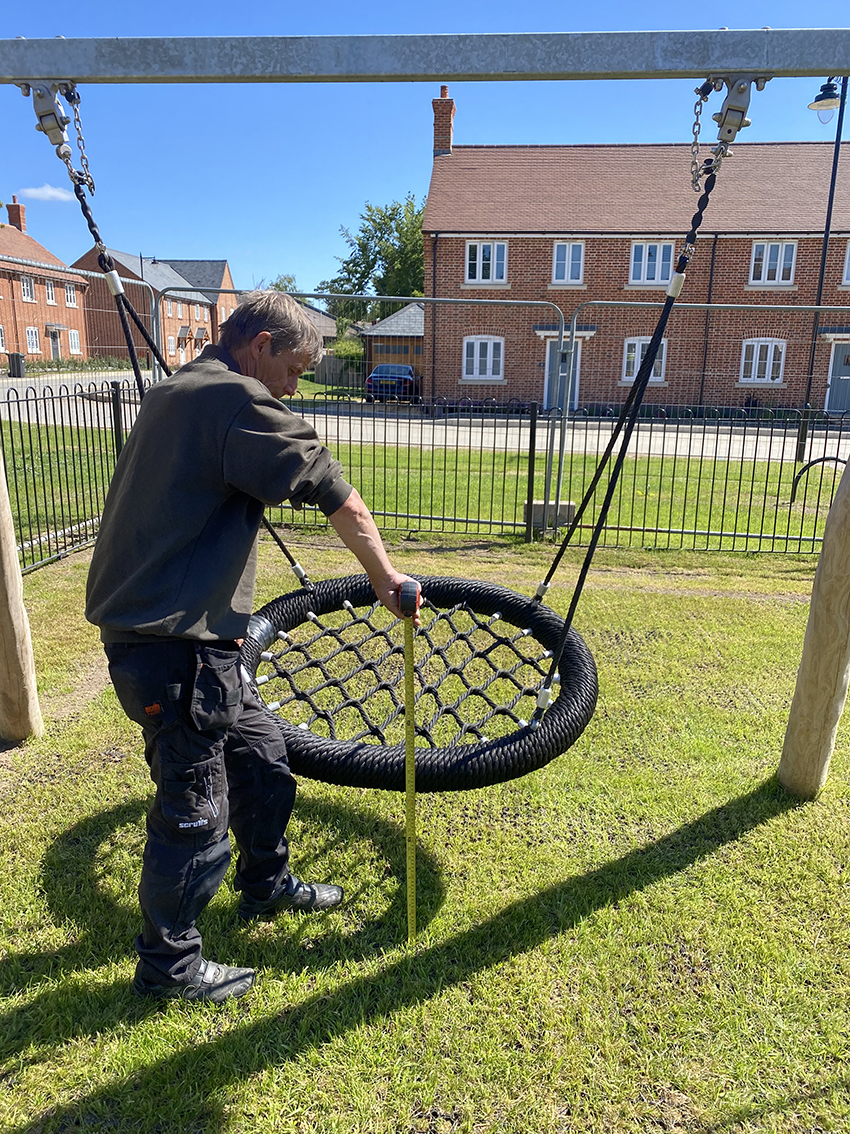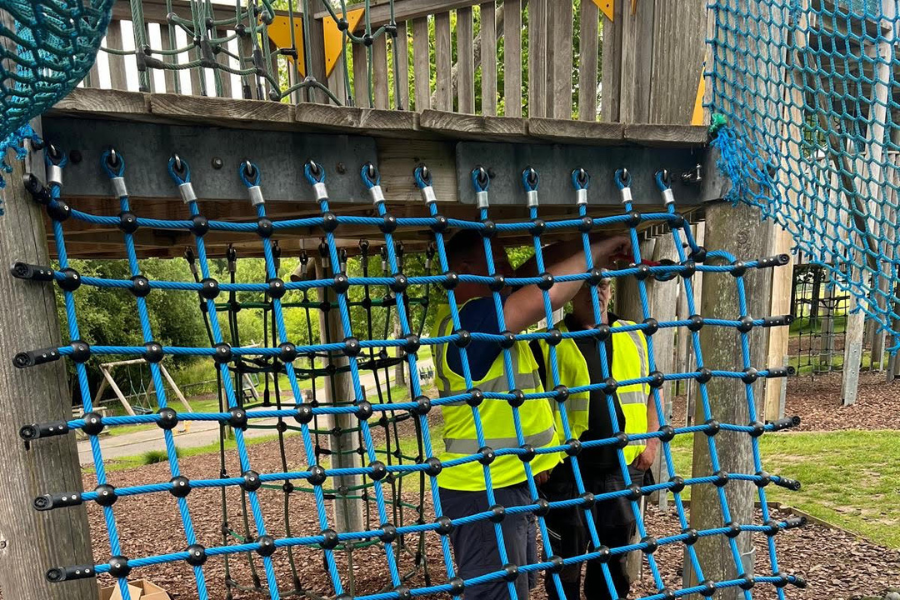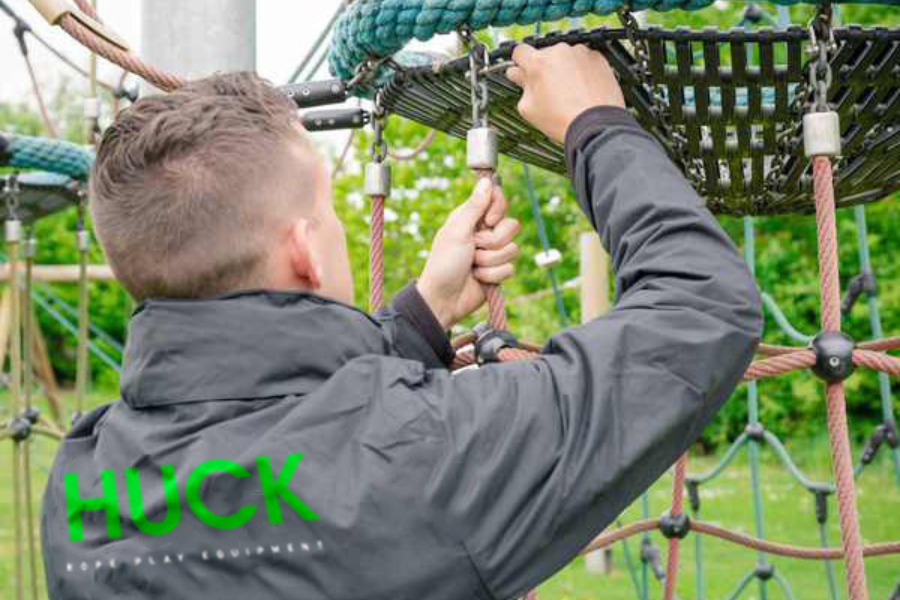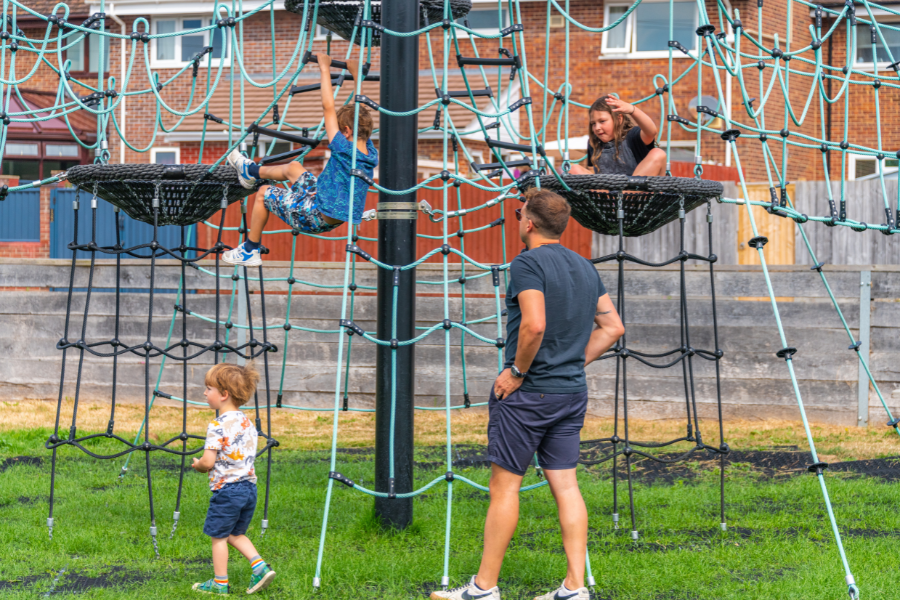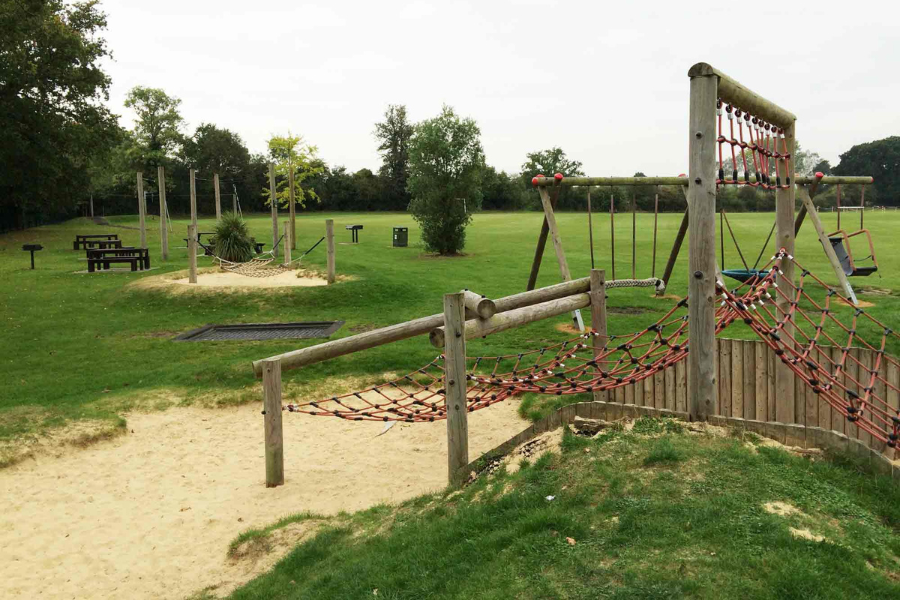Playground Equipment Maintenance: Why is Playground Cleaning Important?
The work doesn't stop after your playground structures have been installed. To get the most out of your new play area, it needs to be properly maintained, which includes cleaning the structures and area around the equipment. But, why is playground cleaning important?
We're going to cover the answer to this question, as well as how you should be cleaning your playground structures and how to extend the lifespan of your play park.
Why is Regular Playground Cleaning Important?
Regular playground cleaning is essential for the safety and well-being of children using the equipment. Over time, playgrounds can gather dirt, germs, and debris, which can be health hazards.
Routine cleaning stops harmful bacteria and viruses from building up, lowering infection risks.
It also helps spot early signs of wear and damage, allowing for timely repairs and maintenance. This not only extends the playground equipment's lifespan but ensures it remains safe to use.
Clean and well-maintained playgrounds are more inviting and enjoyable for children, too, encouraging them to be active and socially engaged.
What Are the Benefits of Regular Playground Cleaning?
Regular cleaning of playgrounds offers numerous benefits that contribute to a safer and more enjoyable play environment for children.
|
Significantly reduces the risk of infectious diseases By removing harmful bacteria, viruses and fungi from surfaces that children frequently touch, you reduce the risk of spreading illnesses. This proactive approach to hygiene minimises the chances of children falling ill from common ailments such as colds, flu, and skin infections. |
|
Maintains the playground's appearance & functionality Routine cleaning helps maintain the playground's appearance and functionality. Clear, grime-free equipment is less likely to become slippery, reducing the risk of accidents and injuries caused by slips and falls. |
|
Identify & address early signs of wear and damage Regular maintenance allows caretakers to identify and address early signs of wear and damage, such as rust or loose parts, ensuring the equipment remains in optimal condition. This not only extends the lifespan of the playground structures but also guarantees that they are safe for continued use. |
|
Create an inviting, encouraging environment A clean and well-kept playground is more inviting, encouraging children to be active, social, and engaged in outdoor play, which is vital for their physical and mental development. |
The Best Cleaning Methods for Various Playground Structures
It's important to note that each playground structure material requires specific cleaning techniques.
Here are some tips for effectively cleaning different types of playground equipment:
Steel Playground Equipment
Steel playground equipment is durable and highly resistant to weather conditions, but it can still accumulate dirt and grime over time. To clean steel structures:
|
Wooden Playground Equipment
Wooden playground equipment requires special care to prevent decay and splinters. Follow these steps for optimal cleaning:
|
Rope Playground Equipment
Rope playground equipment is highly susceptible to dirt and can harbour bacteria within its fibres. Here's how to keep it clean:
|
By adopting these specific cleaning methods, playground caretakers can ensure that the equipment remains clean, safe, and durable for children's enjoyment.
Our Playground Cleaning & Maintenance Checklist
A thorough cleaning and maintenance routine is essential to ensure the longevity and safety of playground equipment.
Follow this checklist to maintain a safe and welcoming play environment:
Inspect Playground Equipment
|
Test Playground Structures
|
Report Broken or Unsuitable Equipment
|
Clean Each Structure
|
Adhering to this comprehensive checklist can ensure that children have a safe, clean, and enjoyable environment for play.
How to Know When Playground Equipment Needs to Be Cleaned
Maintaining a clean playground requires careful observation and routine checks by organisations and maintenance staff.
Here are key indicators that playground equipment needs to be cleaned:
1. Visual Inspection
Regular inspections are crucial for identifying obvious signs of dirt and grime. Muddy footprints, bird droppings, and accumulated dust or debris are clear indicators that cleaning is necessary.
Additionally, any visible organic material, such as leaves and twigs, should be promptly cleared away.
2. Unpleasant Odours
Foul odours emanating from the playground area can signal the presence of decaying organic matter or waste.
This is a definite sign that a thorough cleaning is required to remove the source of the odour and prevent health hazards.
3. Touch Test
If the equipment feels sticky, greasy, or slimy to the touch, it is an indicator that it has accumulated a layer of grime or sweat residue.
Regularly touching and feeling the surfaces can help maintenance staff identify when a deeper cleaning is needed.
4. User Complaints
Feedback from children and parents can provide valuable insights into the cleanliness of the playground.
Complaints about dirty equipment or visible messes should be taken seriously and prompt immediate cleaning efforts.
5. Increased Illness Reports
If there's an uptick in reports of illnesses, such as skin rashes or gastrointestinal issues, from children who frequently use the playground, it may be a sign that harmful bacteria or viruses are present on the equipment.
This situation necessitates immediate and comprehensive cleaning and sanitisation.
6. Scheduled Maintenance
Regardless of the above signs, adhering to a routine cleaning schedule is vital.
Regularly scheduled maintenance ensures that playground equipment is kept in optimal condition, preventing the build-up of dirt and pathogens over time.
By following these guidelines, organisations and maintenance staff can ensure playground equipment remains clean, safe, and enjoyable for all children.
7 Ways to Improve Your School Playground & Increase Fun Levels
Getting Children & Communities Involved in Maintaining Playgrounds
Involving children and communities in playground maintenance builds ownership and responsibility, keeping play areas safe and fun.
One of the easiest ways to ensure the community is taking an active role in maintaining your playground is to create easy ways to report issues or damages.
|
Examples include:
|
Litter-free initiatives can also be a great way to encourage the community to keep the playground free of rubbish and debris.
|
Some examples of initiatives include:
|
Of course, installing litter bins is one of the best ways to keep the playground clean and tidy. Place enough litter bins around the playground to encourage children to use them.
Bins should be clearly visible, and signs should encourage proper disposal (bonus points if the bins are shaped like animals!).
Summary: Maintain Your Playground Structures With Huck Play!
Maintaining playground structures is vital for ensuring children's safety, enhancing the longevity of equipment, and providing an inviting play environment.
The end-to-end service offered with all of our structures encompasses inspection, cleaning, repair, and maintenance, ensuring your playground remains in top condition.
Our expert team identifies potential hazards, addresses wear and tear, and implements preventative measures, giving you peace of mind and creating a safe, enjoyable space for children.
Contact us today to discuss your playground needs, from design and financing to installation and maintenance.
FAQs
Clean and sanitise equipment regularly, dispose of litter, and clear organic debris. Implement routine inspections and scheduled maintenance. Encourage community involvement through cleanup events and report systems. Install and empty litter bins frequently to ensure a tidy and hygienic play area. A playground safety checklist includes inspecting equipment for damage, testing structural stability, ensuring secure fastenings, sanitising high-touch areas, and maintaining clean surfaces. It's crucial to regularly test moving parts and monitor the playground surface for hazards to ensure safe and enjoyable play for children. Maintaining a safe playground involves regular inspections, promptly repairing damages, ensuring all equipment is secure, providing soft landing surfaces, and sanitising high-touch areas. Supervision during playtime and promoting community reporting of issues also contribute to a safer play environment for children. Playground equipment can break due to wear and tear from frequent use, exposure to harsh weather conditions, rust and corrosion on metal parts, decay in wooden structures, and vandalism. Regular maintenance and inspections are vital to identify and address these issues promptly.How Do You Keep a Play Area Clean?
What is a Playground Safety Checklist?
How Do You Keep a Playground Safe?
What Causes Playground Equipment to Break?

